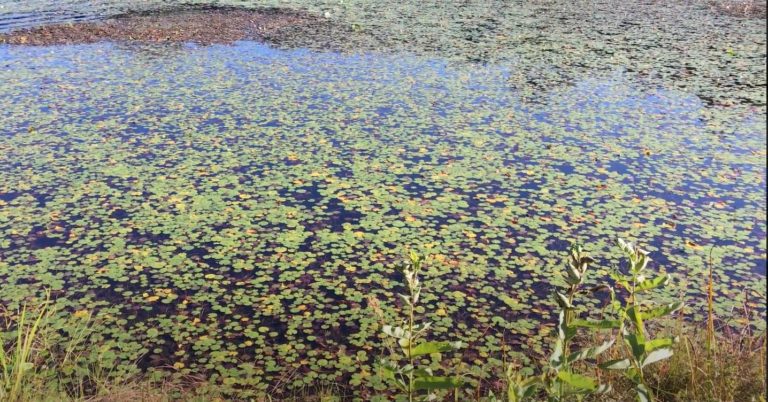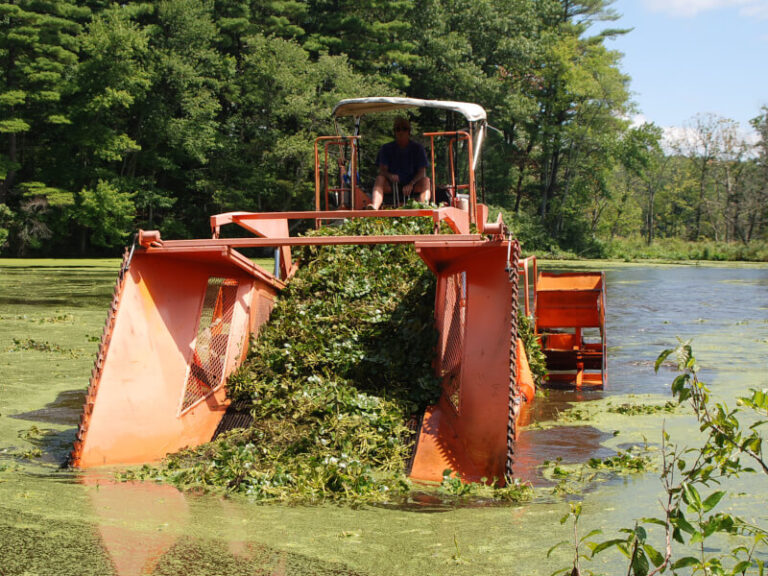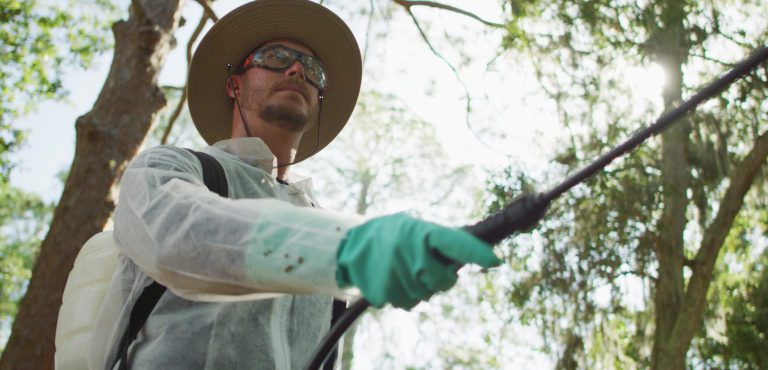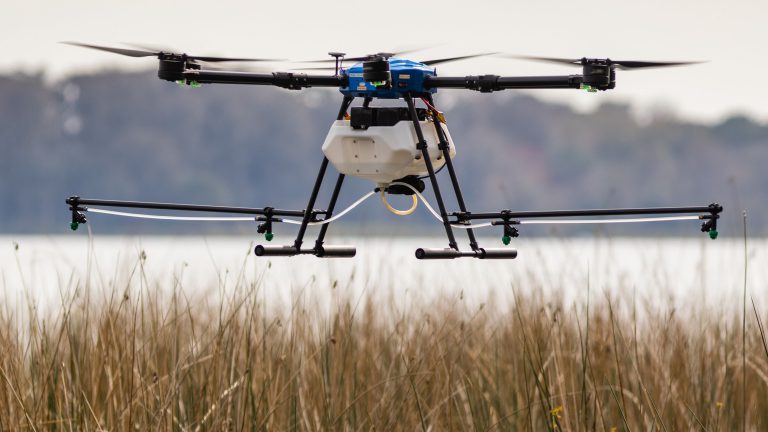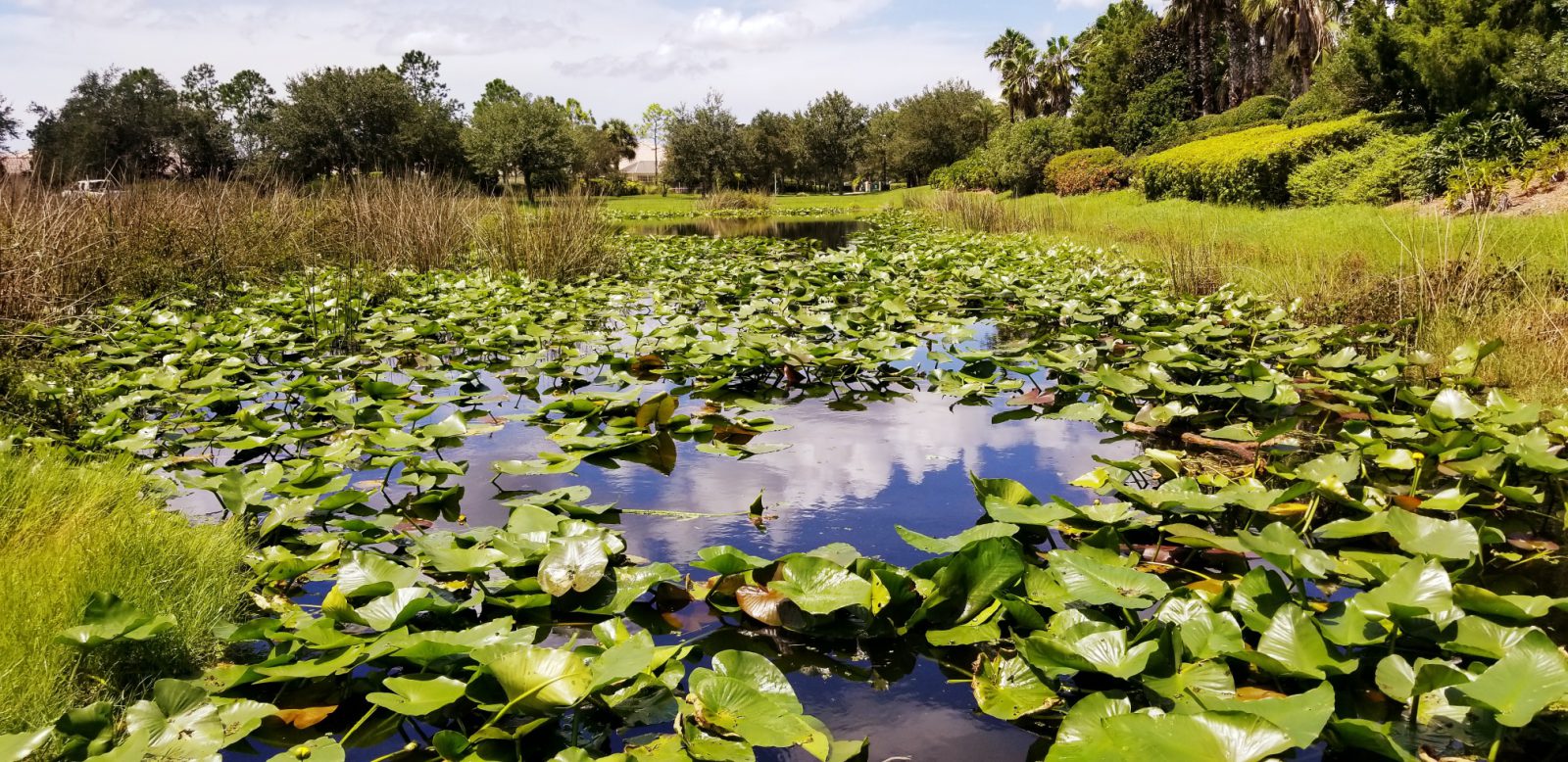
Invasive Plant Identification and Sustainable Management
Invasive plants are species that were introduced to an area that is outside of their natural range of dispersal and, once introduced, will begin to grow and thrive in these new areas. Once established, these invasive species tend to dominate the area, out competing native species and, in some cases, destroy the overall ecosystem by eliminating all native plants and making the area useless to the animal life that once called these areas home. Invasive species are typically characterized as adaptable and aggressive, with a very high reproductive rate. Their aggressive nature when combined with a general lack of natural enemies or predators often leads to major outbreaks that can dominate quickly and be very hard to control.
Invasive aquatic plants are plants that have been introduced into the United States from other parts of the world that have adapted to growing in, around or near water. Native species are sometimes considered invasive if they colonize a site rapidly and eliminate the chance for plant biodiversity. There are several main categories of invasive aquatic plants: submerged, floating, emergent and wetlands.
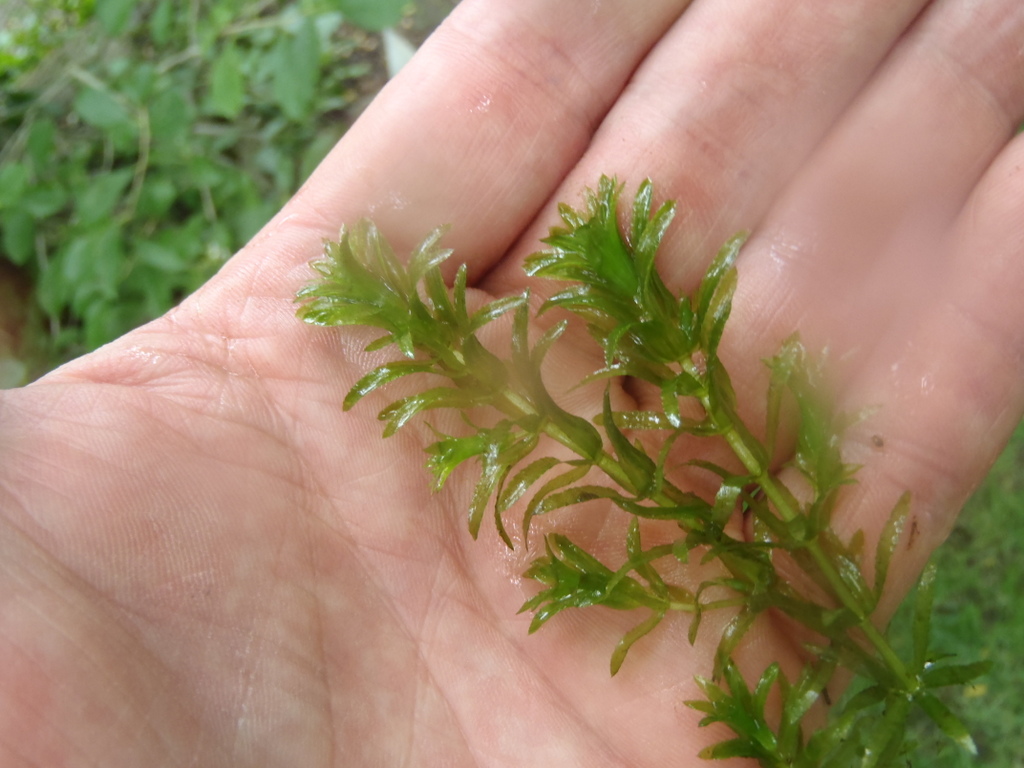
Submerged Plants
Submerged plants are those plants that grow almost entirely under the surface of the water, although they do have the potential to “top out” and reach the surface. When this occurs, you may also see the tips of the plants grow long enough that they lay over and float on the surface of the water. Submersed plants typically cause the most problems for boating, fishing, and aquatic life, because of the density of their growth, and their ability to completely and quickly dominate any aquatic system in which they are found.
Invasive submerged plants include:
• Hydrilla
• Curlyleaf Pondweed
• Fanwort
• Starry Stonewort
• Eurasian Watermilfoil
• Variable Milfoil
• Egeria (Brazilian Elodea)
• Mudmat
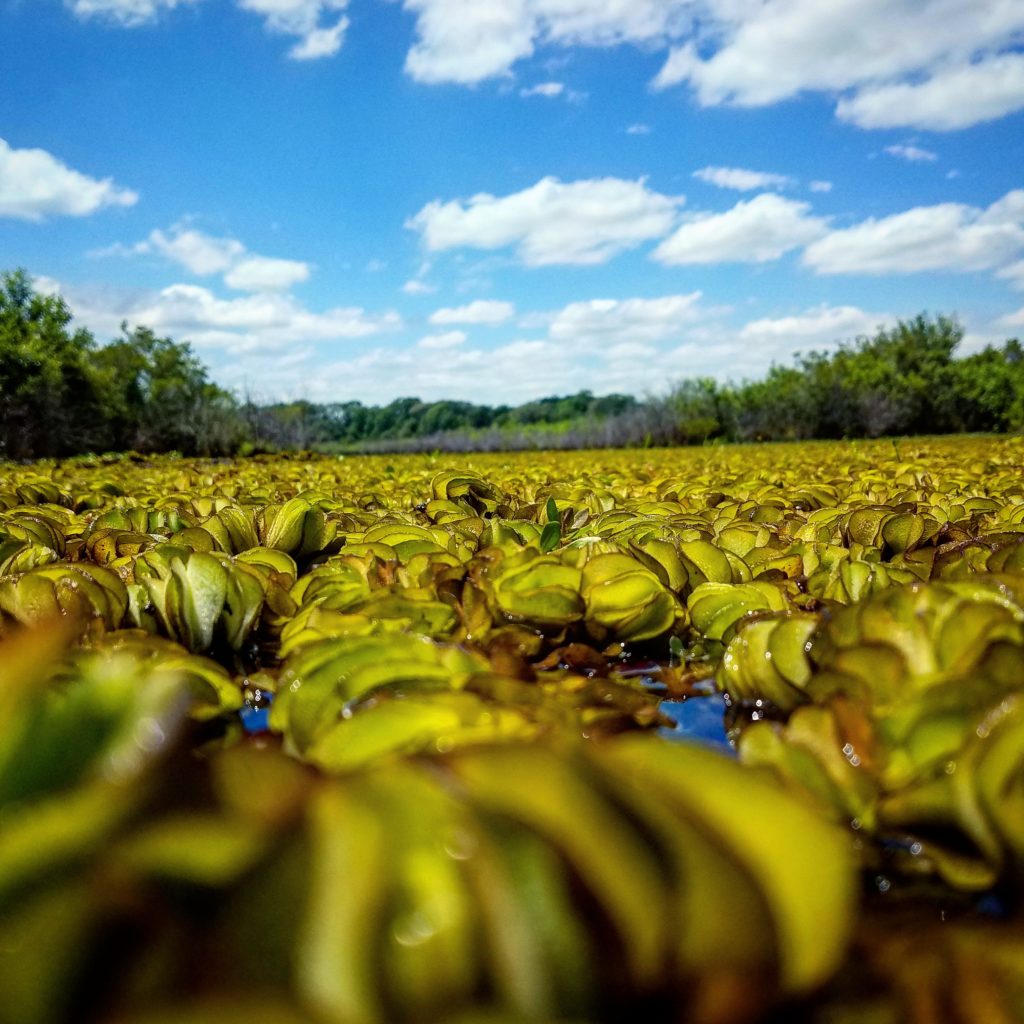
Floating plants
Floating plants are those plants that are vascular and do have roots, but their roots are not necessarily established in the bottom sediment. These species, whether rooted or not, have most if not all of their leaves and other plant tissue floating on the surface of the water. Floating plants that are not rooted in the bottom sediment tend to be very prolific invaders as they are able to move rapidly and spread quickly over the surface of a lake or pond, and even drift or wash into surrounding waterways. Many invasive floating plants are commonly found in small water features and gardens and will often become a nuisance in nearby lakes and ponds.
Invasive floating plants include:
• Water Hyacinth
• Water Lettuce
• Giant Salvinia
• Water Chestnut
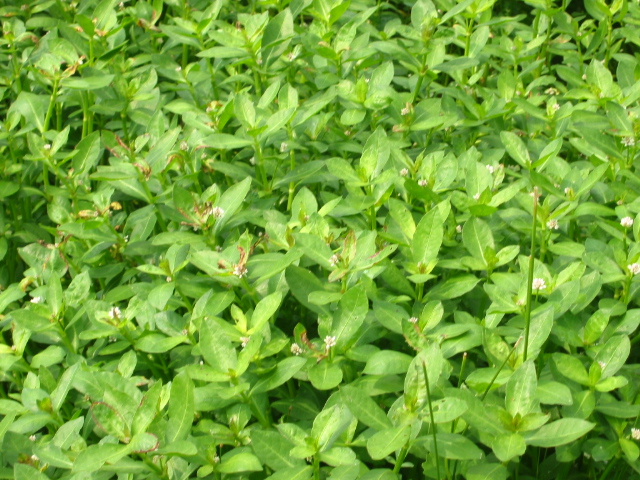
Emergent plants
Emergent plants are those species that are rooted in shallow water, but that stand upright with the majority of their plant tissue showing above the surface of the water. Typically these species will only grow in very shallow water or along the edges of the water and slightly up onto dry land. The growth pattern of emergent plants often limits them to these areas and they are often not an issue in larger lakes or ponds with deeper water, but they can completely dominate shallow shoreline areas and, even worse, destroy hundreds or thousands of acres of wetlands and marsh areas which remain shallow or only slightly wet throughout the year.
Invasive emergent plants include:
• Water Primrose
• Torpedograss
• Alligatorweed
• Smartweed
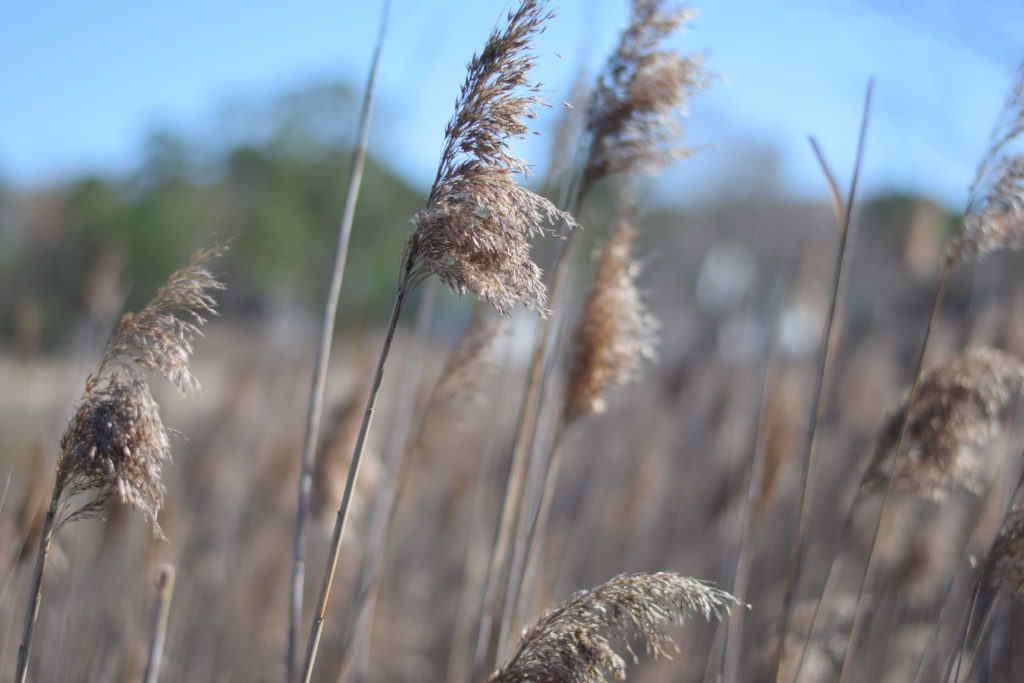
Wetlands
Wetlands provide food and shelter for many different species and are vital filters for surrounding watersheds. Human disturbance often leads to non-native species being introduced to wetlands and such species reduce existing native vegetation. Many of these species will often shade out competition or create a complex root system that prevents growth of other plants. Further upland other invasive species will create issues in woodland areas and monocultures of non-native species will reduce biodiversity.
Invasive wetland plants include:
• Phragmites
• Flowering Rush
• Purple Loosestrife
• Japanese Knotweed
Invasive Aquatic Plants
Invasive species are aggressive and can be very difficult to control, which is why it is important to detect them early and begin a management program before they have a chance to dominate a system. If detected early, small-scale selective treatments can be rapidly implemented to contain and eliminate the invasive species. Monitoring is also an important element to an effective invasive species management program. Regular inspections allow us to identify and control any nuisance plants before they have a chance to spread.
For large open areas or sites where land or boat-based aquatic treatments are a challenge, we offer aerial application technologies for the treatment of invasive aquatic plants. Aerial applications are often much more efficient and cost-effective in these situations.
Managing Nuisance Aquatic Weeds and Algae
Monitoring is a key component to any lake, pond, wetland or other invasive species management program. With regular inspections of your sites, you can identify and control problem species before they have a chance to proliferate.
SOLitude Lake Management is a nationwide environmental firm committed to providing sustainable solutions that improve water quality, enhance beauty and preserve natural resources.
SOLitude’s team of aquatic scientists specializes in the development and execution of customized lake, stormwater pond, wetland and fisheries management programs. Services include water quality testing and restoration, algae and aquatic weed control, installation and maintenance of fountains and aeration systems, shoreline erosion control, muck and sediment removal and invasive species management. SOLitude partners with homeowners associations, golf courses, private landowners, businesses and municipalities. SOLitude Lake Management is part of Rentokil, a leading business services company, operating across the United States, Canada and Puerto Rico.
For more information, visit SOLitude Lake Management at solitudelakemanagement.com, and connect on Facebook, LinkedIn and Twitter.









